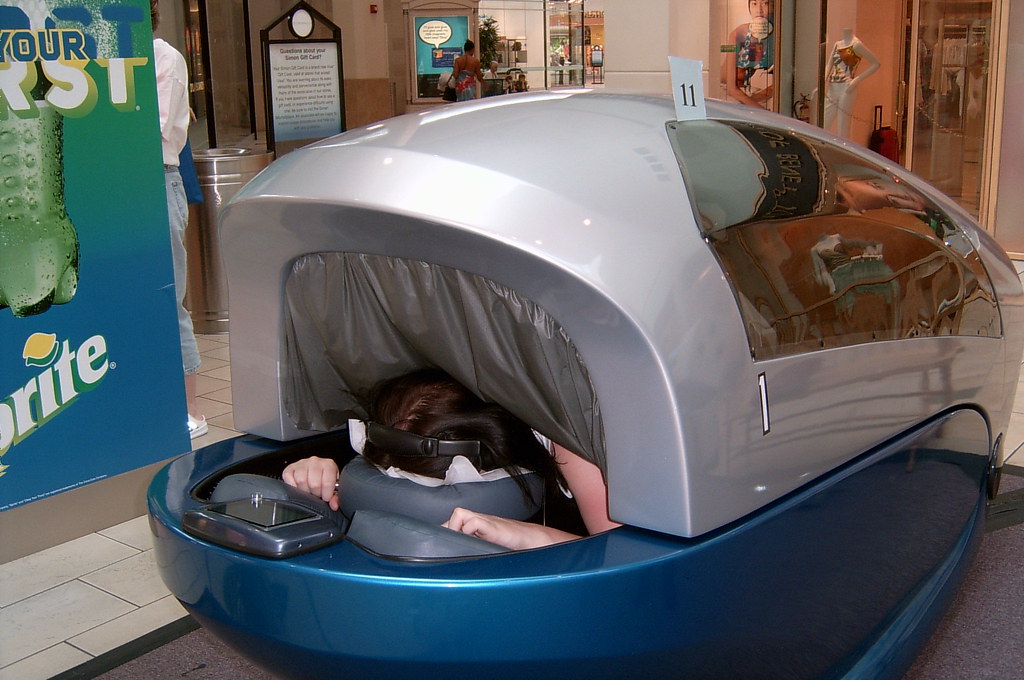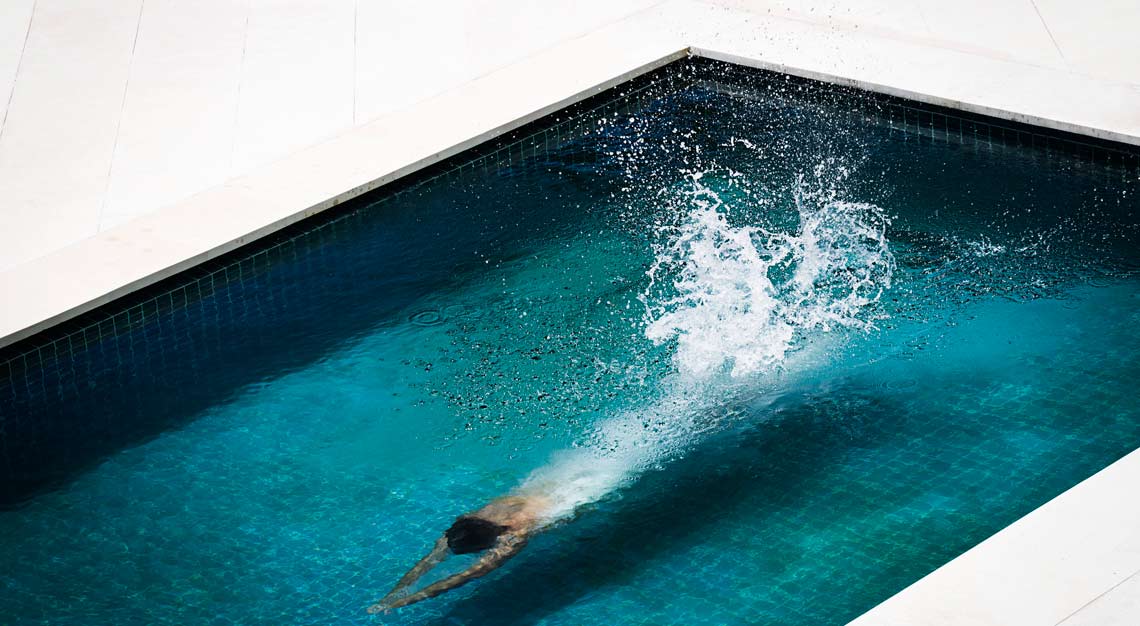
Key Takeaways
-
Aquatic massage can significantly improve blood circulation, essential for diabetic skin health.
-
Hydrotherapy sessions may help reduce stress levels, leading to better overall diabetes management.
-
Regular aquatic therapy can alleviate skin dryness and irritation, common issues for those with diabetes.
-
It’s crucial to consult with a healthcare provider before beginning any new therapy, including hydrotherapy.
-
Hydrotherapy can be a valuable addition to a diabetic’s care plan, but it doesn’t replace traditional treatments.
Why Hydrotherapy is a Game-Changer for Diabetic Skin
When you live with diabetes, you know it’s not just about managing blood sugar levels. It’s also about taking care of your body in ways that support your overall health, and that includes your skin. That’s where hydrotherapy, and specifically aquatic massage, comes into play. It’s a soothing, healing practice that could be a real game-changer for your skin. Let me explain why.
The Science Behind Water Therapy

First, let’s dive into the science. Water therapy, or hydrotherapy, uses water’s natural properties – buoyancy, resistance, and temperature – to heal and rejuvenate the body. For diabetic skin, which is prone to dryness and poor circulation, the warm water and gentle pressure of aquatic massage can stimulate blood flow. This is crucial because improved circulation means more oxygen and nutrients reaching your skin cells, helping them to repair and stay healthy.
Real-Life Improvements for Diabetics
Besides that, there’s the stress reduction. Managing diabetes can be stressful, and stress is not a friend to blood sugar levels or skin health. The relaxation benefits of hydrotherapy can help to lower stress hormones, making it easier to manage your diabetes and maintain healthy skin.
Understanding Diabetic Skin Conditions
Now, let’s talk about diabetic skin conditions. If you’re dealing with diabetes, you might have noticed your skin can become quite dry and is more prone to infections. That’s because high blood sugar levels can lead to poor circulation and nerve damage, making it harder for your skin to heal and stay moisturized.
Coping with Dryness and Irritation
Hydrotherapy sessions can be a soothing solution. The warm water helps to hydrate your skin, while the gentle massage encourages the production of natural oils. These sessions can turn into a sanctuary for your skin, providing relief from the constant dryness and irritation.
Combatting Poor Circulation and Wound Healing
Poor circulation is another issue that many diabetics face. It can slow down wound healing and make your skin more vulnerable to infections. But aquatic massage can kick-start your circulation, getting that blood moving to where it’s needed most. This boost in blood flow can make a big difference in how quickly your skin heals and how well it can defend against infections.
Aquatic Massage: The Gentle Solution
Aquatic massage is the gentle solution that diabetic skin has been waiting for. It’s a non-invasive therapy that combines the healing powers of water with the therapeutic touch of massage. This isn’t about vigorous strokes that can further irritate sensitive skin; it’s about gentle, rhythmic movements that coax your body into a state of relaxation and healing.
Techniques of Aquatic Massage

Let me guide you through the techniques. Picture yourself in a warm pool of water, supported and buoyant. A therapist uses a combination of techniques such as Watsu, gentle stretching, and massage, all performed while you’re partially submerged. This unique environment allows for movements that might be too painful or difficult on land, but are blissfully therapeutic in the water.
Techniques of Aquatic Massage
The gentle embrace of water in aquatic massage allows for a range of techniques that can be tailored to individual needs. From light strokes that skim the surface of your skin to deeper, more focused pressure that targets the muscles beneath, each movement is designed to promote healing. The therapist might use a technique called ‘effleurage’ to make long, sweeping strokes for relaxation, or ‘petrissage’ to knead away knots and tension. And because you’re in water, these techniques are amplified by the fluid’s natural resistance, enhancing the therapeutic effect.
Specifics: Why Water Works Wonders
Water has a unique way of supporting and relieving the body. In aquatic massage, the water’s buoyancy reduces the strain on joints and muscles, allowing for a pain-free experience. The hydrostatic pressure of the water helps reduce swelling and improves lymphatic drainage, which is crucial for diabetics who may suffer from edema. Furthermore, the warmth of the water can soothe sore muscles and increase flexibility, making it easier to move and feel comfortable in your skin.
From Hidden to Highlighted: Aquatic Therapy Benefits
Aquatic therapy, often a hidden gem in the world of wellness, has a plethora of benefits that are particularly relevant for those managing diabetes. These benefits aren’t just about immediate relief; they can have long-lasting impacts on your overall health. Let’s take a closer look at some of these benefits and see how they translate into real-world improvements for diabetic patients.
For example, consider Jane, a patient with type 2 diabetes, who started aquatic therapy sessions twice a week. Within a month, she reported feeling more energetic, noticed a significant reduction in her skin dryness, and even saw improvements in her blood sugar levels. Her story is a testament to the power of combining hydrotherapy with traditional diabetes management.
Stories like Jane’s are becoming more common as people discover the holistic benefits of aquatic massage. It’s a therapy that addresses not just one aspect of diabetes, but several, creating a domino effect of health improvements.
Increase in Blood Flow and Nutrition Delivery
One of the most significant benefits for diabetic patients is the increase in blood flow. Enhanced circulation means that more oxygen and nutrients can reach the extremities, which is often a challenge for those with diabetes. This increased blood flow can help to nourish skin tissues, promoting faster healing of wounds and reducing the risk of skin infections. It’s a simple equation: better blood flow equals healthier skin.
Reduced Stress and Enhanced Relaxation
Stress can wreak havoc on blood sugar levels and overall health. Aquatic massage offers a sanctuary from the daily stressors of life, providing a space for deep relaxation. The gentle pressure and warmth of the water can help to lower cortisol levels, the body’s stress hormone, promoting a sense of calm and well-being. When you’re less stressed, your body can manage blood sugar more effectively, and your skin can thrive.
Navigating Hydrotherapy Sessions Safely
While hydrotherapy can be incredibly beneficial, it’s essential to navigate these sessions safely, especially when you have diabetes. The key is to start with moderation and monitor how your body responds. It’s also crucial to maintain communication with your therapist, letting them know about your condition and any specific concerns you may have. Together, you can create a hydrotherapy plan that’s safe and effective for you.
Remember to stay hydrated. Drinking water before and after your sessions is vital to help your body adjust to the temperature changes and to ensure you don’t become dehydrated during your session. It’s a simple step, but it’s one that can make a big difference in how you feel during and after your aquatic massage.
Lastly, pay attention to your skin. If you notice any unusual changes, such as increased dryness, irritation, or wounds that don’t seem to heal, it’s important to reach out to your healthcare provider. They can help you determine if these changes are related to the hydrotherapy or if they’re a sign that your diabetes management plan needs to be adjusted.
Hygiene is also a non-negotiable aspect of hydrotherapy. Ensuring that the pool or spa is clean and well-maintained is crucial to prevent infections, especially since diabetic skin can be more susceptible to bacteria and fungi.
When to Speak to Your Healthcare Provider
Before starting any new therapy, including aquatic massage, it’s always best to speak with your healthcare provider. They can help you understand how hydrotherapy might fit into your overall diabetes care plan and advise you on any precautions you should take. They’ll also be able to tell you if there are any reasons why you should avoid hydrotherapy, such as open wounds or recent surgeries.
Safety Tips and Hygiene Practices During Therapy
Here are some safety tips and hygiene practices to keep in mind during your hydrotherapy sessions:
-
Always check the temperature of the water before getting in to avoid burns or shocks to the system.
-
Use non-slip mats around the pool area to prevent falls, which can be dangerous if you have neuropathy.
-
Shower before and after sessions to maintain personal hygiene and to protect your skin.
-
Communicate with your therapist about any discomfort or concerns during the session.
-
Ensure the facility follows strict cleaning protocols to maintain a safe environment.
Lifestyle Integration for Lasting Benefits
Integrating hydrotherapy into your lifestyle could mean scheduling regular sessions just like you would any other appointment that benefits your health. It’s about making a commitment to yourself and your well-being. Just like taking medications or checking your blood sugar, aquatic therapy can become a routine part of managing your diabetes effectively. And the benefits? They extend beyond the therapy pool, potentially improving your quality of life and even your ability to manage diabetes day-to-day.
Patient Success Stories and Supportive Communities
There’s something incredibly powerful about hearing how others have walked the path you’re on and found success. Take Mark, for example. After struggling with diabetic foot ulcers, he turned to hydrotherapy. The improvement in his circulation and skin health was so profound that he’s become an advocate, sharing his journey with others in diabetes support groups. These communities, both online and in-person, can be invaluable sources of information, inspiration, and support as you explore the benefits of aquatic therapy for yourself.
Frequently Asked Questions (FAQ)
When it comes to hydrotherapy for diabetic skin, there are often many questions about how it works, its safety, and its place in diabetes management. Let’s address some of the most common questions to help you make informed decisions about whether aquatic massage is right for you.
1. How Often Should Diabetics Attend Hydrotherapy Sessions?
The frequency of hydrotherapy sessions can vary depending on individual needs and goals. It’s usually recommended to start with one session per week to see how your skin and blood sugar levels respond. After that, you and your healthcare provider can decide if increasing the frequency is beneficial. Consistency is key, so try to find a schedule that fits into your life and stick with it.
2. Can Aquatic Massage Replace Medication or Diet Control?
While aquatic massage can complement your diabetes management plan, it should not replace your medication or diet control. It’s an adjunct therapy, meaning it’s used alongside traditional treatments. Always follow your healthcare provider’s guidance regarding medication and diet, and view hydrotherapy as a valuable addition to your overall strategy for managing diabetes.
3. What Are the Risks of Aquatic Therapy for Diabetic Skin?
Hydrotherapy is generally safe, but there are risks to consider, especially for those with diabetes. These include potential infections from communal pools if not properly maintained, skin damage from too much exposure to chlorinated water, and the risk of falls getting in and out of the pool. To minimize these risks, choose reputable facilities, maintain good personal hygiene, and always have someone assist you if you have mobility or balance issues.
4. Is Hydrotherapy Affordable and Accessible for Everyone?
Hydrotherapy can vary in cost, depending on where you live and the type of facility you visit. Some insurance plans may cover hydrotherapy, especially if it’s recommended by a doctor. Accessibility can also vary, but many public pools and rehabilitation centers offer hydrotherapy sessions at a reasonable cost. It’s worth doing some research to find an affordable and accessible option near you.
5. How to Find Certified Aquatic Massage Therapists for Diabetics?
Finding a certified aquatic massage therapist is crucial for ensuring you receive safe and effective treatment. Start by asking for recommendations from your healthcare provider or local diabetes support groups. You can also look for therapists certified by reputable organizations such as the Aquatic Therapy & Rehab Institute or the American Massage Therapy Association. Be sure to ask about their experience working with clients who have diabetes to ensure they understand your specific needs.
In conclusion, hydrotherapy sessions offer a range of hidden benefits for diabetic skin, from improved circulation and wound healing to stress reduction and better overall diabetes management. By understanding the advantages, addressing safety and hygiene concerns, and integrating this therapy into your lifestyle, you can enjoy the therapeutic effects of aquatic massage and potentially enhance your quality of life. Always remember to consult with your healthcare provider before beginning any new treatment, and consider aquatic therapy as a complement to your existing diabetes care plan.


